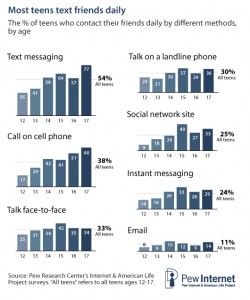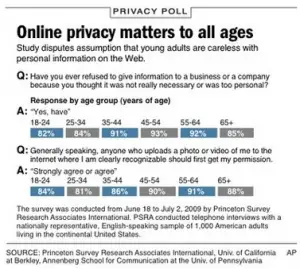With its userbase already reaching 1 million this week, coming from a 170,000 membership during the last quarter of 2009, there’s no doubt Foursquare is the hottest and fastest growing location-based social networking service right now. With 20 employees running it, it is not so surprising that talks are already popping out regarding possible sell-out.
And if you’re still doubting whether Foursquare is hot right now, what if we tell you who the rumored buyers are. Well, some of the major players who are reportedly eyeing Foursquare include Yahoo, Microsoft and Facebook. Yahoo was rumored to be willing to buy Foursquare for $100 million. Now, the question is not whether Foursquare will sell out, but rather should Foursquare sell out?
I don’t think so. And here are 3 reasons why Foursquare should not sell out.
1. Location-based social networking is hot and still growing
Both three major social media players namely, Google, Twitter and Facebook are gradually exploring the location-based social media sphere. Google is slowly evolving its Buzz service to have the same cool features as Foursquare. Twitter has activated geolocation of tweets and Facebook has been trying out these feature as well. As for Foursquare, it’s the very essence of its existence – location aware social sharing and networking. Foursquare just need to ponder on why the three major players are wanting to have Foursquare feature’s to understand that it’s going to be the next big thing in the social media ecosystem.
2. Along with growth is the commercial revenue potential
Foursquare currently offers free advertising to small shops and restaurants as it generates revenue from selling ads business chains. It recently launched Foursquare for Business where it gives simple self-service tools that would allow business manager to cook up various kinds of special gigs that would attract customers to business establishments. This is a good start at trying to tap on a business model. Once this service goes viral and businesses spread the word out how Foursquare is helping out drive in customers, you can just imagine how big it will be for Foursquare. Location-based social networking and recommendation site has all the potentials to bring in revenue whether be it for ads or other means. And Foursquare is already ahead of the game. [Read more…] about 3 Reasons Why Foursquare Should Not Sell Out





